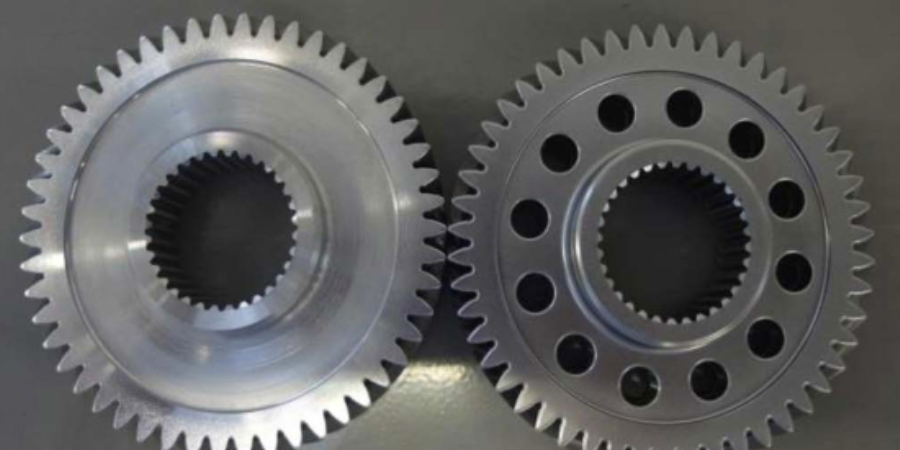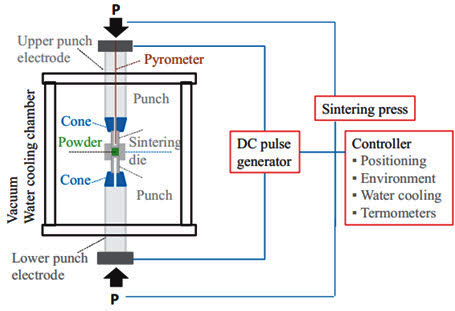The Applied Materials Research, Innovation and Commercialisation Company (AMRICC) is a high-technology center where advanced materials and processes will be fast-tracked into commercial products rapidly and economically – and at the same time scientists of the future will be developed to create a ‘talent pipeline.’
Focused on putting Stoke-on-Trent and Staffordshire at the heart of the global advanced materials economy, AMRICC’s research laboratory, pilot plant and educational facility will be used to channel the expertise and heritage in steel and ceramics within the region for a new generation.
The launch event, which took place at the Moat House Hotel in Festival Park, followed the official opening of the Ceramic Valley Enterprise Zone, with which AMRICC will be closely associated.
Dr Cathryn Hickey, AMRICC chief executive, said: “AMRICC offers the UK – and Stoke-on-Trent and Staffordshire in particular – a unique opportunity to become the world leader in the commercialisation of materials and materials process development.”
Traditionally, once a new material or process is discovered, bringing it to commercial use in the marketplace has taken up to 20 years or more.
This is quite an unbelievable time lag which can result in a host of missed opportunities for all involved.
In some cases the flow of innovation to fully commercialised products never happens and it’s this ‘valley of death’ which AMRICC will address.
AMRICC’s unique collaboration between academia and industry partners will help companies drive innovation to develop, manufacture and deploy advanced materials much faster and at a fraction of the cost.
This will enable new business models and approaches to collaboration to be achieved, and these will extend beyond the current open innovation concept.
Fully integrated solutions involving material innovation, as well as new process technology will enable unmet customer needs and new market challenges to be addressed.
With its state-of-the-art facilities, AMRICC will not only deliver commercialisation expertise, it will also be a centre of excellence for a number of exciting new disruptive technologies, which are on their way to market and are set to shake up current ways of working.
These areas include the development of unique encapsulation materials for drug abuse deterrent formulations, which are in significant market demand in the US.
And with the world’s first field-enhanced sintering pilot plant, which is a unique way of reaching extremely high temperatures very rapidly, AMRICC will be developing, with partners, a number of beneficial applications to bring to market.
These include thermal barrier coatings for the aerospace and automotive sectors as well as sensor technologies for the electronics industry.
But it’s not just about developing materials and technologies – at AMRICC we’re also proud to be developing people.
Working with some of the world’s leading universities, AMRICC will be delivering Master’s Degrees and PhDs to develop the ‘commercial technocrats’ of the future – materials scientists with both business acumen and a wide range of commercial and industrial experience.
AMRICC is being set up with the support of the international materials technology company Lucideon as well as Stoke-on-Trent City Council and the Stoke–on-Trent and Staffordshire Local Enterprise Partnership.
It will be initially based alongside Lucideon’s headquarters in Penkhull and, in future, is set to establish within the Ceramic Valley Enterprise Zone – to be developed on along the A500 corridor in Stoke-on-Trent and Newcastle under Lyme.
Dr Hickey added: “The launch of the Ceramic Valley Enterprise Zone and AMRICC today marks a significant and exciting day for the region.
In the future, we plan for AMRICC to be positioned within the Ceramic Valley Enterprise Zone where it will help to attract companies to the area, so it’s quite fitting that the company is launched today alongside the Enterprise Zone.
We look forward to working with our colleagues in the Ceramic Valley to drive the reputation of Stoke and Staffordshire in manufacturing and materials processing.











